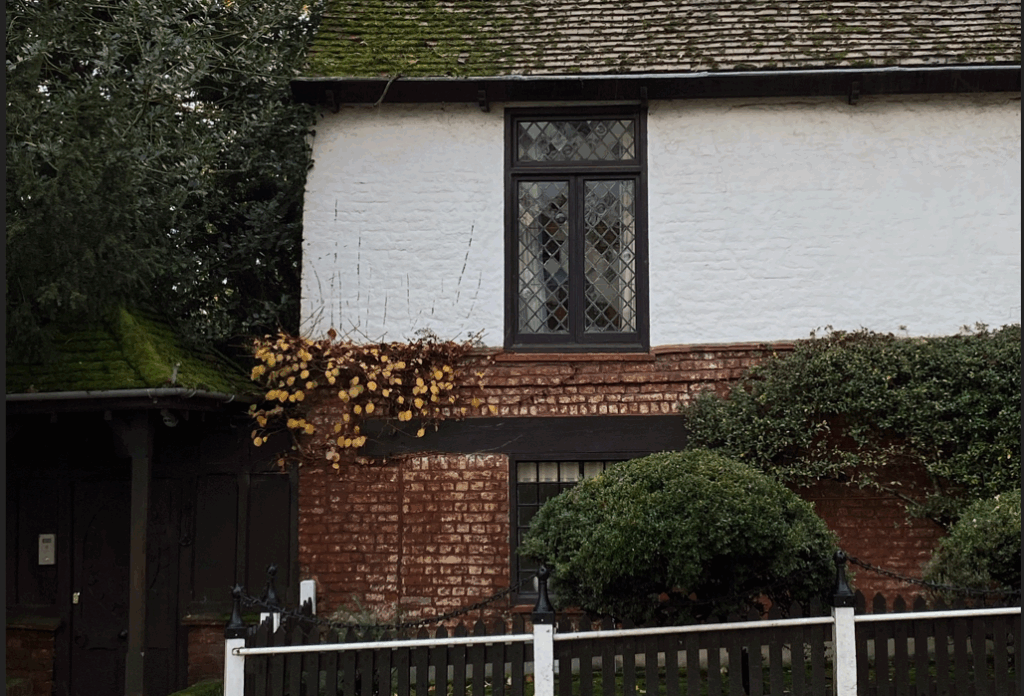
How to navigate the house buying process for first-time buyers
Buying a house can be a long and complex affair, equip yourself with some basic knowledge.
Are you thinking it might be time to get a foot on to the property ladder? If so, brilliant! Investing in bricks and mortar and moving towards owning your own home is a sound decision to make for your long-term future. But even if you’re now in a position to be able to start house-hunting, do you know how to go about the process of actually purchasing a property? It can sometimes be a long and complex affair involving lots of different procedures, negotiations with different parties and a significant amount of financial and legal paperwork.
It sounds daunting, but it needn’t be too stressful if you equip yourself with some basic knowledge of the steps and people involved before you begin. Please note this process applies in the UK except Scotland.
Here’s what you need to do:
Table of contents
1. Review your financial position
Obviously buying a property is a huge financial investment – probably the biggest you will ever make. For this reason, you need to be sure that you have sufficient finance in place to go ahead. Unless you are lucky enough to have had a massive windfall or have big savings, you’re likely to need a sizeable loan to buy your property. To get an offer, a lender will require you to have a deposit of a proportion of the property value. In addition, you will also need sufficient funds to be able to pay your solicitor’s bill, government stamp duty on the property, any survey costs and removal fees.
2. Save for your deposit
The simple question here is how much do you need to save? The basic answer is that you need at least 5% of the property value. However the higher your deposit, the more likely you are to get accepted for a mortgage and also to get a good percentage rate on your repayments – so save as much as you possibly can to put yourself in a favourable position. Furthermore, bear in mind that many lenders, including StrideUp, have a minimum 10% deposit requirement.
3. Get a Decision in Principle before you start looking
This will give you a good idea of the budget you can afford and will provide leverage with estate agents and vendors when you put in an offer. Our simple application form is online, and only takes approximately 10 minutes to fill in. We ask for basic information regarding your financial situation and you don’t need to provide any documentation up front. You’ll then receive a Decision in Principle document which will give you a maximum purchase price for a property while also setting out your monthly payments. Along with this you’ll receive a Risk and Features Document, which does what it says in the title – it sets out the risks and features – or in other words, the terms – of buying a house with StrideUp. This document will have an expiry date on it though, so watch out for that if your property search is prolonged.
4. Find your property
Now you have your budget and your Decision in Principle, you can get on with the fun part – house hunting! A great place to start is online with property search sites like Rightmove and Zoopla. They list multiple properties from different estate agents. It’s also a good idea to register with estate agents in the local area where you are looking to buy. A good local estate agent contact can prove invaluable for keeping you up to date with the newest and forthcoming entries to the market – before they reach the property websites.
In a fast-moving competitive market, you could also consider using social media or good old-fashioned leafleting of roads and houses you like. It might help you make contact with someone who is thinking of selling but hasn’t yet got their property onto the open market. Once you’ve found a property you like, make sure you go and view it (multiple times) to gather as much information as possible. Please see our comprehensive guide on what to look out for when viewing a property.
5. Put in an offer
So you’ve found the place for you – get ready for the nail-biter! It’s time to put in an offer. Usually you will do this through an estate agent (unless you are dealing directly with a vendor). Have a look at our step by step guide on how to make an offer and negotiate a good deal. If you are buying your property with StrideUp, you will need to submit the property for review before you put an offer in. StrideUp will determine the maximum offer you can place. Once you reach agreement with the vendor, the buying process begins in earnest. (Please note that your offer is not binding if there are any problems later down the line with the survey or contract).

6. Get advice
Book yourself in to have a chat with one of our advisors. They will go through your Decision in Principle and Risks and Features documents in more detail with you and make sure you understand how the Home Purchase Plan works. They can answer any questions you may have about the buying process and will also make sure that you have the most suitable product for your requirements.
7. Submit Documentation
Once you’ve received advice, you need to submit the documentation required to prove all the information stated in your application form. The underwriters will make sure that everything you have stated is true and that you can really afford to make the monthly payments. They will also use the documentation to carry out checks on your identity and address to make sure you are who you say you are to satisfy any fraud concerns. They will be doing all of this behind the scenes while you carry out the next couple of steps.
8. Arrange for a survey to be carried out
StrideUp and other providers will insist on carrying out an inspection to check that your chosen property is suitable security. They will only require a simple mortgage valuation but as a buyer, you may also wish to get a more in depth survey done to assess the condition of the property and to flag up any potential problems. You can use the information to establish whether you want to go forward with the sale or if problems have been highlighted, to renegotiate the sale price based on the cost of the works you will need to do.
The three most common types of survey you can choose from:
- Mortgage Valuation – this is purely for the purpose of the lender to ensure the property is suitable security.
- Homebuyer’s report – the mid-priced, mid-level option, the Homebuyer’s report assesses the interior and exterior of the property.
- Structural survey – the most expensive and comprehensive option, this survey is suitable for unusual structures or old buildings.
9. Find a solicitor or conveyancer
You will need to engage the services of a solicitor to deal with the documentation and legal aspects of the sale. It’s important to find a good solicitor that you trust at a price that you are comfortable with so get quotes from a selection. StrideUp has a panel of respected solicitors to choose from, all of whom are very familiar with our documentation and processes and who are primed and ready to advise you on them as soon as your offer is accepted. You’ll be fully apprised of the situation before you sign on the dotted line.
10. Wait for conveyancing to be completed
When your survey has been carried out and you are happy to proceed with the sale, your solicitor can get on with conveyancing. This is the transfer of legal title or real property from one person to another. For part of this the solicitor has to carry out an investigation of title and perform registry searches on the property. These searches will establish whether the person selling the property is in fact the owner, and therefore has the right to sell the property to you. They also include searches on local planning applications and issues to ascertain whether they will impact the property or its value in any way.
11. Exchange contracts
Once all the searches have come back satisfactorily and conveyancing has been completed, it’s time for both you and the seller to review and sign identical contracts which will then be exchanged via solicitors. A completion date will be set and at this point, you have to pay a deposit, usually 10% of the sale price. You and the vendor are now committed to going through with the sale. Pulling out at this stage will mean you’re likely to lose your deposit.
12. Complete the purchase
After the exchange of contracts, your solicitor will carry out a further bankruptcy search and final Land Registry searches to make sure conditions haven’t changed. If all these searches are clear, the remaining 90% of the funds are transferred from your lender to your solicitor and from them to the seller’s solicitor. Completion happens when the funds have been received and the property is finally transferred from vendor to buyer. Once the money has cleared, the deeds and keys will be handed over to you. The property now belongs to you and you can finally move in to your very first home. Congratulations!




